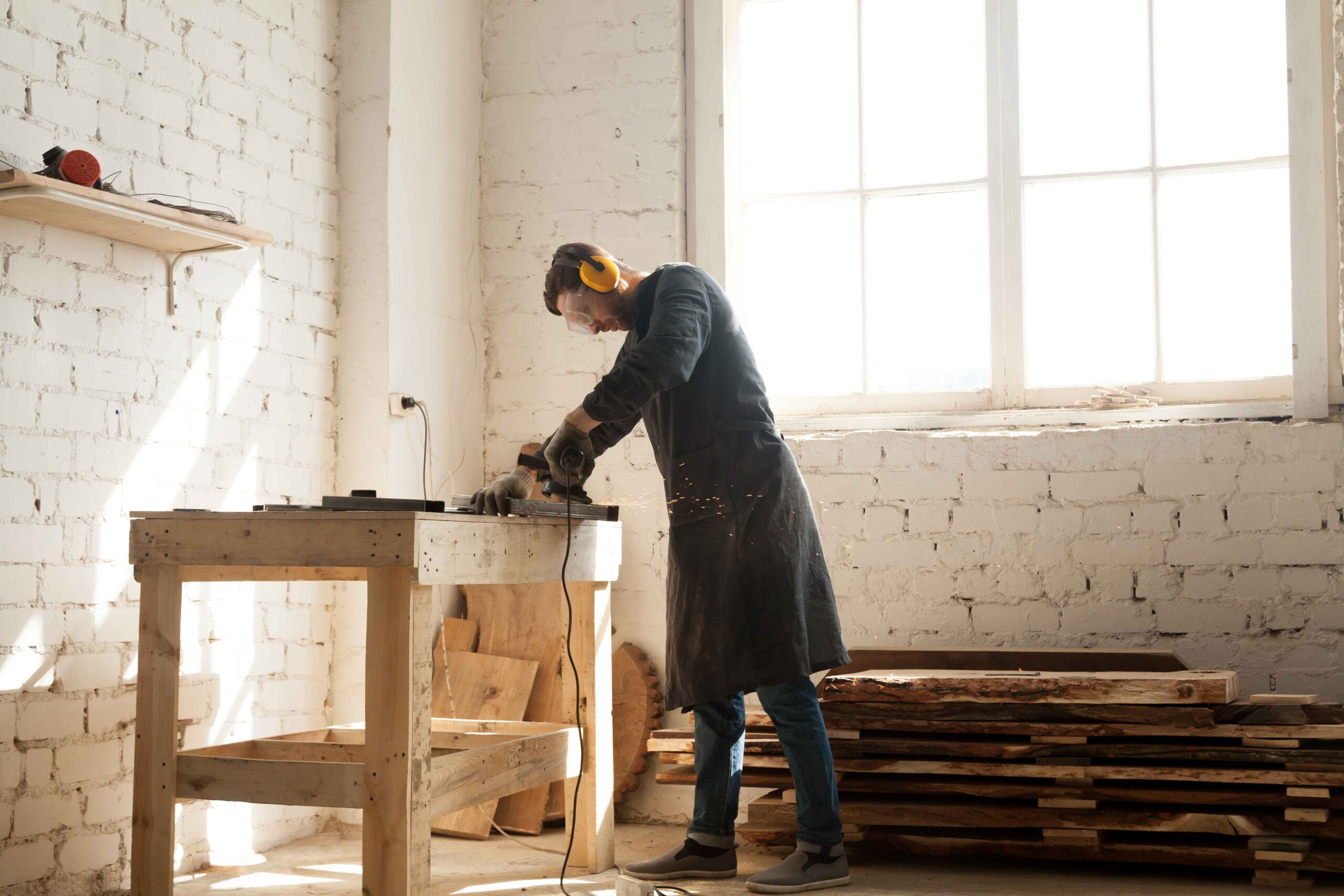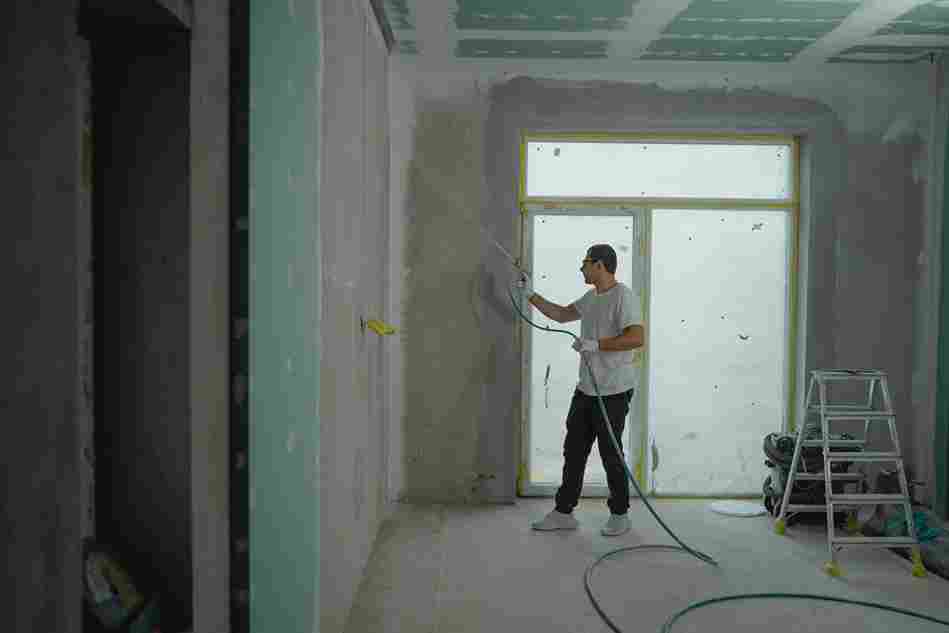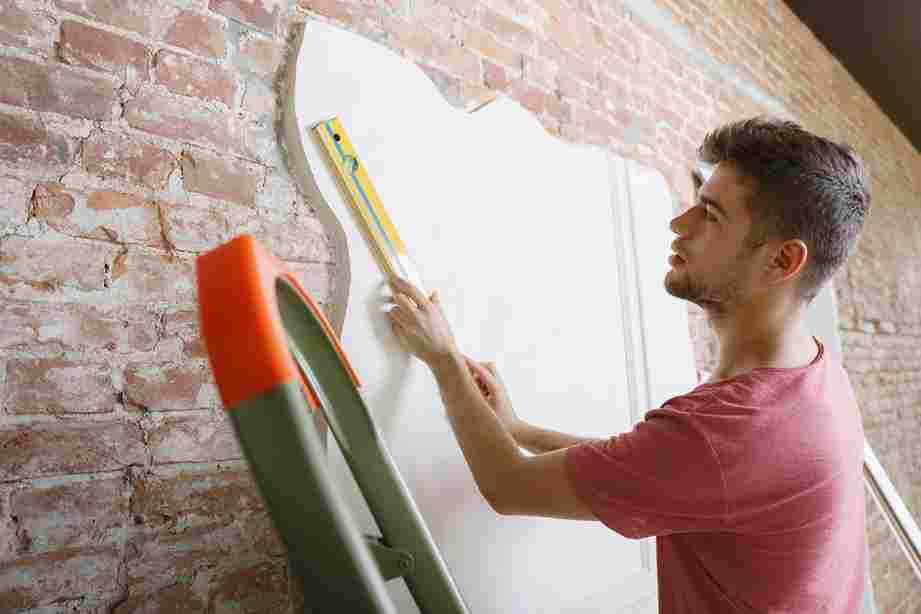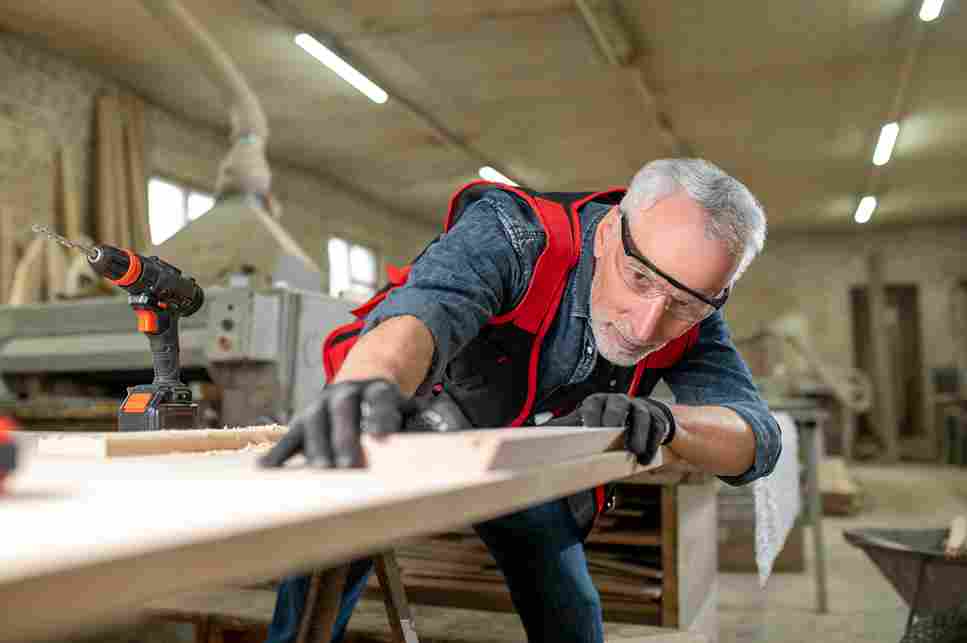Finishing drywall is one of the most crucial steps in producing smooth, polished walls ready for painting or wallpaper. How to Finish Drywall? Whether you’re building a new space or are just tackling a drywall repair.
This guide will walk you through the process and provide you with tips and tricks to get professional results.
Preparing the Area For Finish Drywall
Before you get started with drywall finishing, it is really important to be prepared. First off, clean out the drywall surface of any dirt or dust—this will help adhere the joint compound. Inspect the drywall sheetrock to see if it has any ridges, cut edges, or protrusions on it.
Make use of the utility knife for cutting off all these imperfections and make your drywall area smooth enough for this finishing process to begin. Taking the time to prepare the area thoroughly will make each subsequent step much easier and more effective.
Applying Drywall Tape
The first step in finishing drywall is to cover the seams between the panels with drywall tape. This tape helps reinforce the joint and prevents cracks from forming over time. For flat seams, press the tape firmly into place over the joint.
For corners, fold the tape lengthwise to create a crease, then fit it snugly into the corner. Ensure the tape lies flat against the drywall sheetrock to avoid bubbles or wrinkles that could affect the final appearance.
Applying the First Layer of Joint Compound
A wide putty knife is used to apply a thin coat of joint compound over the tape and feather all edges to the surrounding drywall so that the transition between panels becomes seamless. Be patient and work in small sections, focusing on applying an even coat. Once the joint compound is applied, let it dry completely, which typically takes about 24 hours.
As soon as the application of joint compound is completed, it is very important to dry it for a completely dry period of not less than 24 hours. So rushing this process would typically result in damaging effects, as working with wet compounds increases the risk of smudges, leaving an uneven finish.
To Repeat The Procedure
Apply an additional coat of joint compound over the seams along with the tape to give a perfect finish., feathering the edges once again. Allow this coat to dry completely, then sand it as before.
For a truly polished look, you may need to apply a third coat of joint compound, repeating the sanding process after each application. Building up the layers gradually will help you achieve a smooth and professional result.
Priming and Painting
Once the final coat of joint compound has been sanded and the surface is perfectly smooth, it’s time to prime the drywall. Primer is essential because it creates a uniform surface for the paint to adhere to and prevents inconsistencies in texture or color.
Use a high-quality primer and apply it evenly across the wall. After the primer has dried, you can proceed with painting or applying wallpaper to complete the project.
Crucial Tricks for a Flawless Finish
It is essential to blend the patched area with the nearby wall while repairing wallboard or patching damaged wall surfaces. For instance, small holes or little damage might be remedied with a quick drywall patch repair kit. It usually includes adhesive patches and joint compounds., making it easy to restore the wall to its original condition.
To hang heavy items on drywall, always use appropriate anchors for drywall. Options like toggle bolts or self-drilling anchors provide secure support while minimizing damage. For corners, consider using corner beads, which protect the edges and ensure a clean, professional appearance. Apply joint compound generously over the bead and sand for a crisp finish.
Common FAQs
What is the proper way to mud drywall?
The proper way involves applying joint compound in thin, even layers over drywall tape and feathering the edges to blend seamlessly with the surrounding surface.
Can you paint directly onto drywall?
No, you should not paint directly onto drywall without first applying a primer. Primer ensures even absorption of paint and prevents imperfections from showing through the final coat.
What would be considered the easiest way to patch a hole in drywall?
The easiest way would probably be with the use of a drywall patch repair kit. This patch usually includes adhesive and joint compound, which makes the patching much easier. It is best suited to holes measuring small to medium sizes.
How to clean up after painting drywall?
To clean up after painting, remove the drop cloths and clean the paint splatters with a damp cloth. Wash the brushes and rollers with warm, soapy water, and store your tools for future use. Make sure the area is dust-free and debris-free to maintain a clean workspace.
How to finish drywall corners?
Fold drywall tape lengthwise, and place it into an inside corner, and apply joint compound on both sides. For outside corners, apply corner beads to create sharp edges and apply joint compound on top of that. Sand after, for a nice finish.
Conclusion:
Whether you’re dealing with a drywall repair, installing anchors for drywall, or learning how to finish corners, this guide provides all the information you need to get started. If you are searching for expert drywall services, Tristate offers drywall carpentry solutions tailored to your needs. With drywall installation and custom trim work, they ensure every detail is done right. They focus on delivering high-quality drywall finishing services that guarantee durability and a flawless look.






